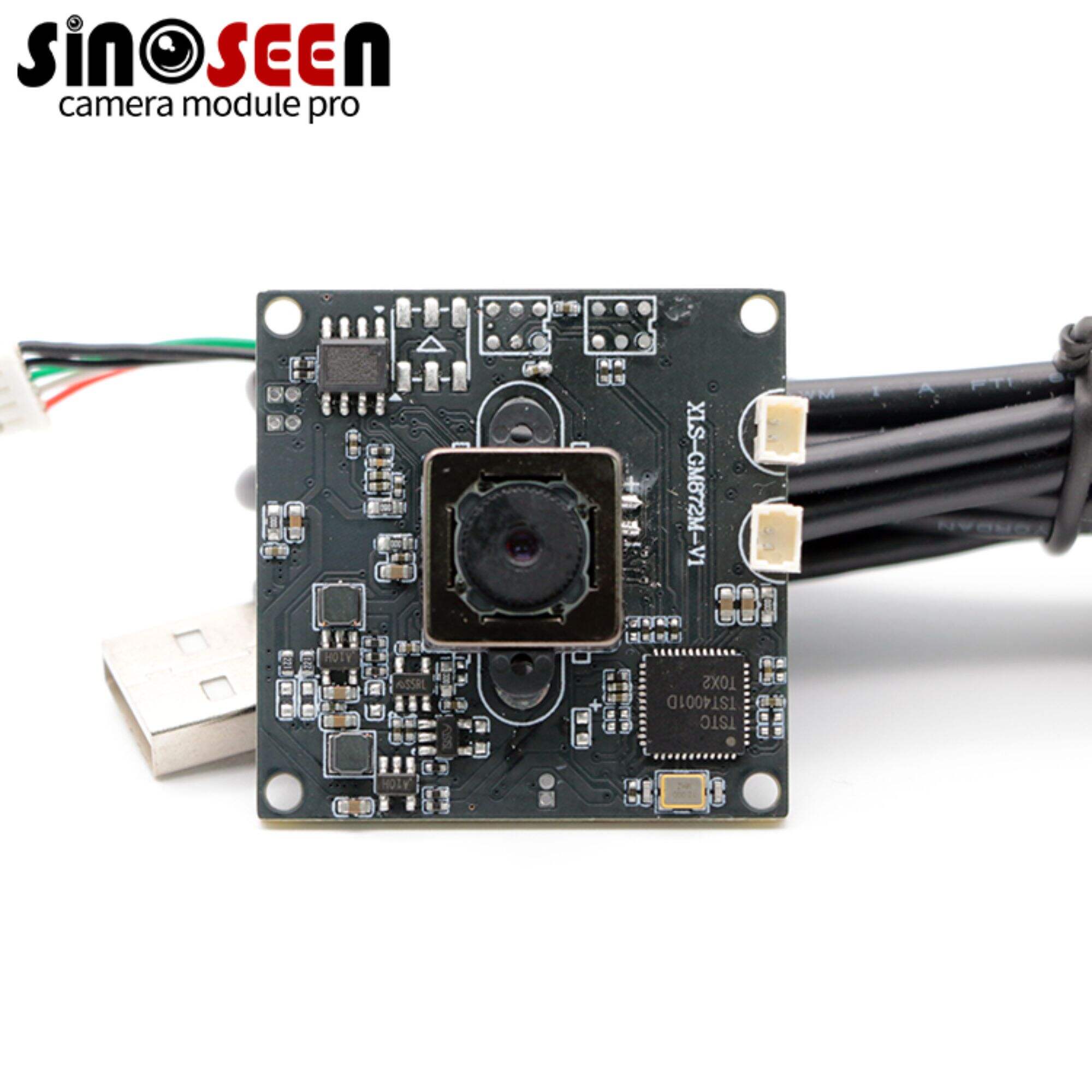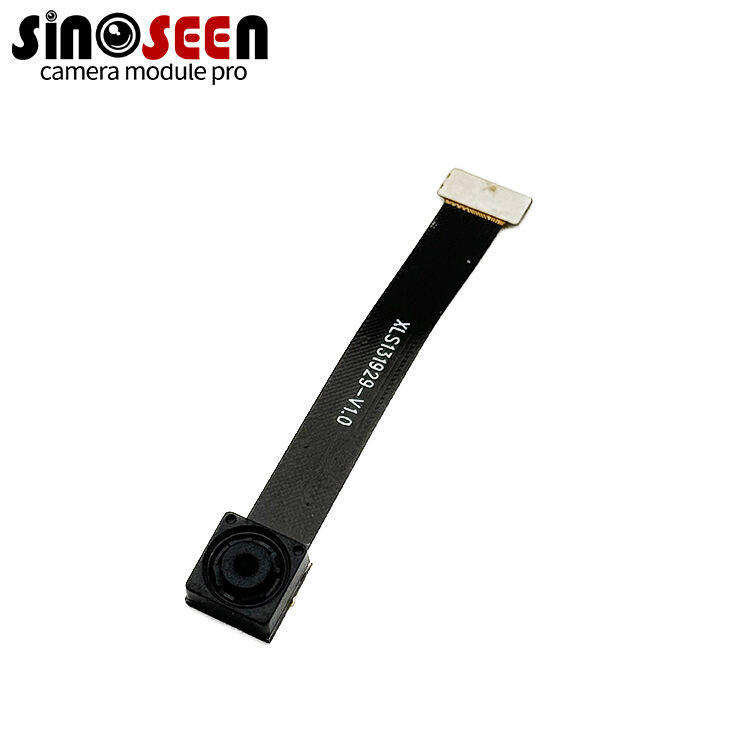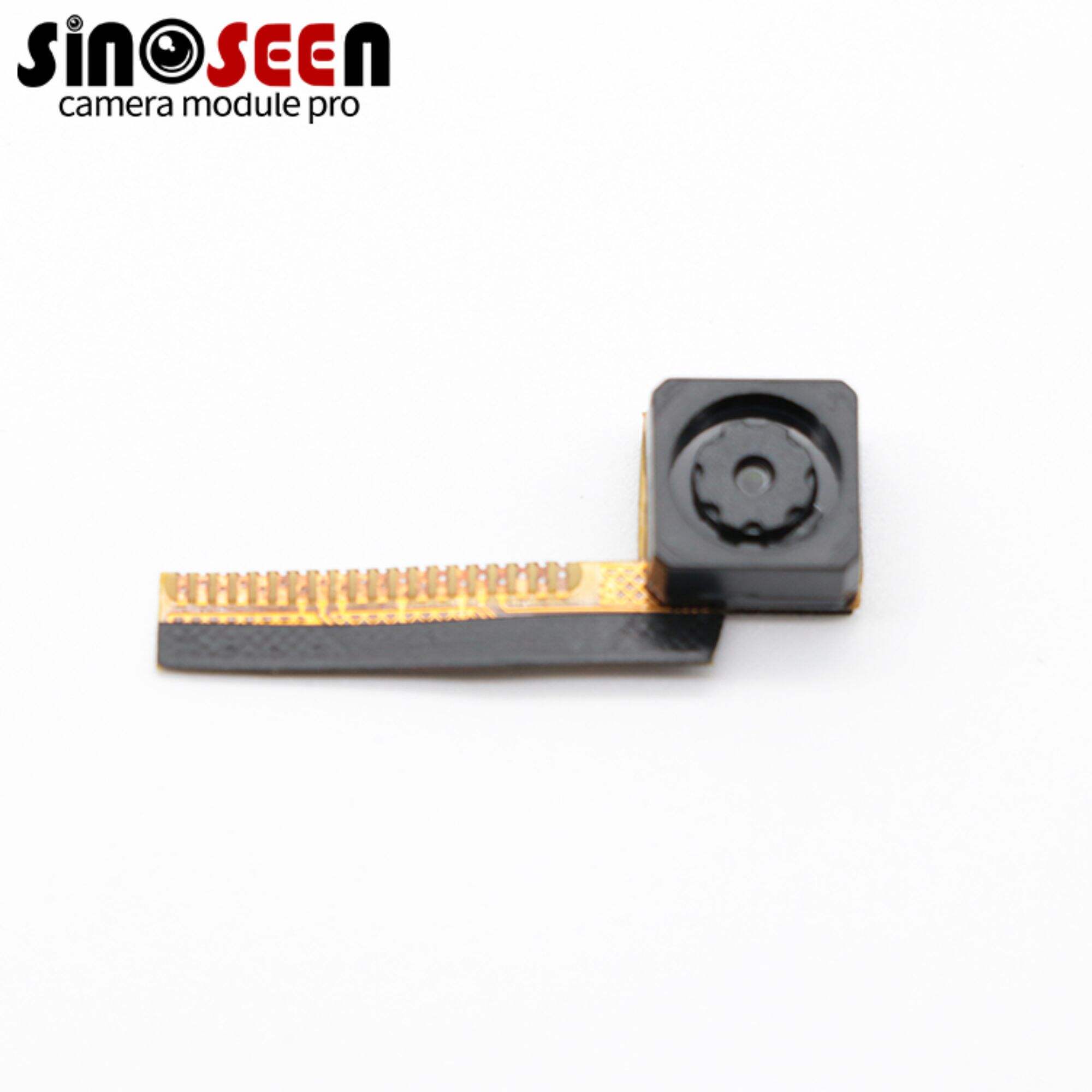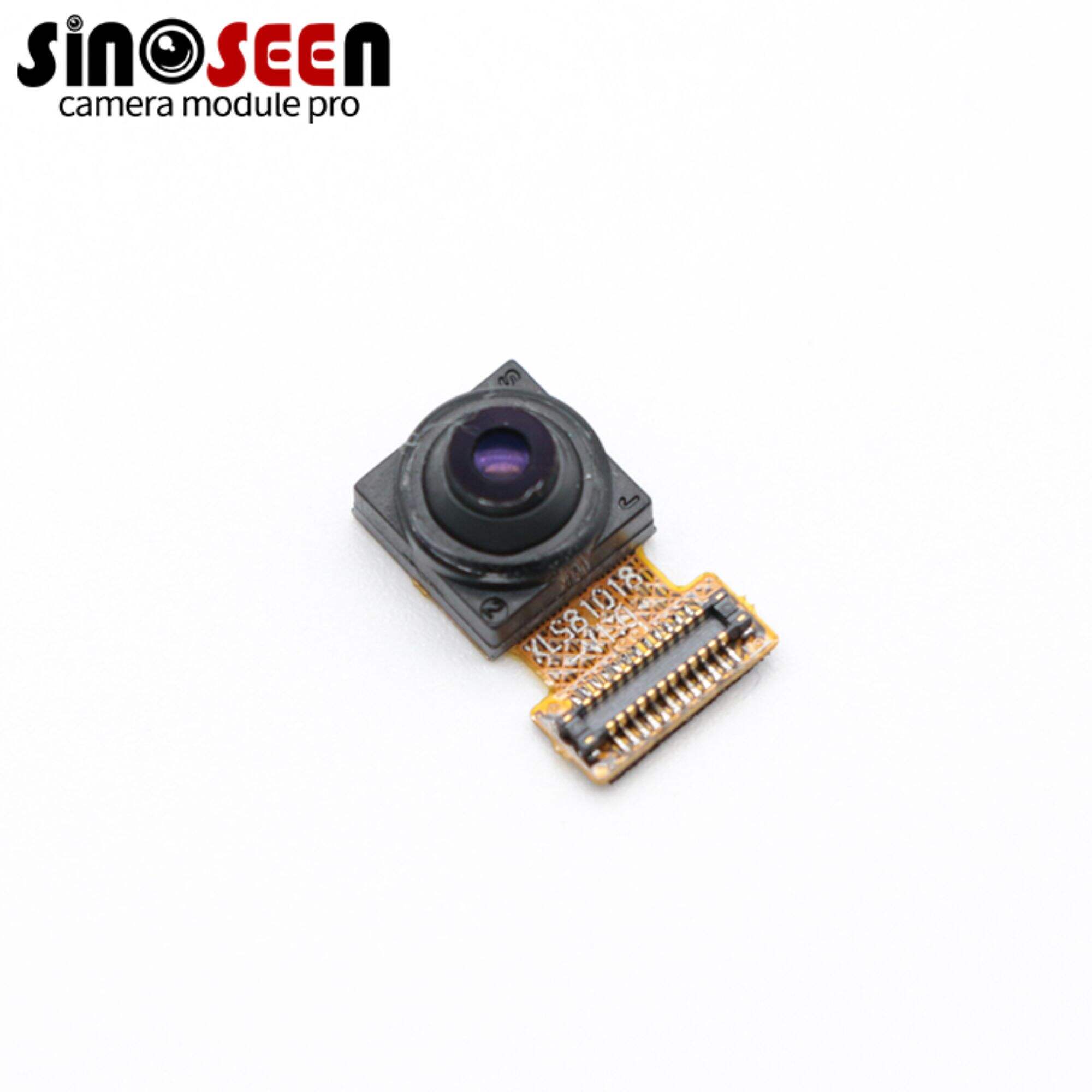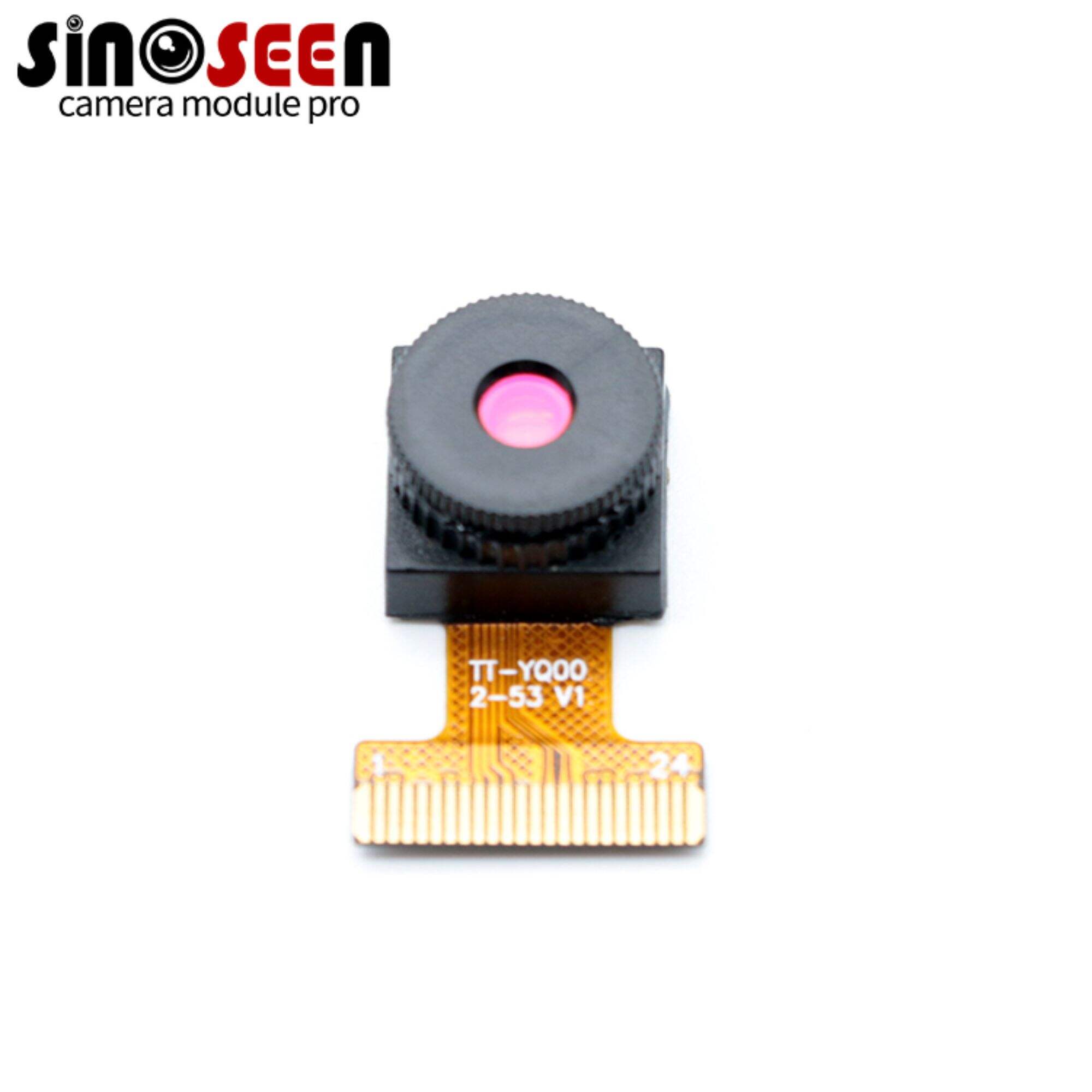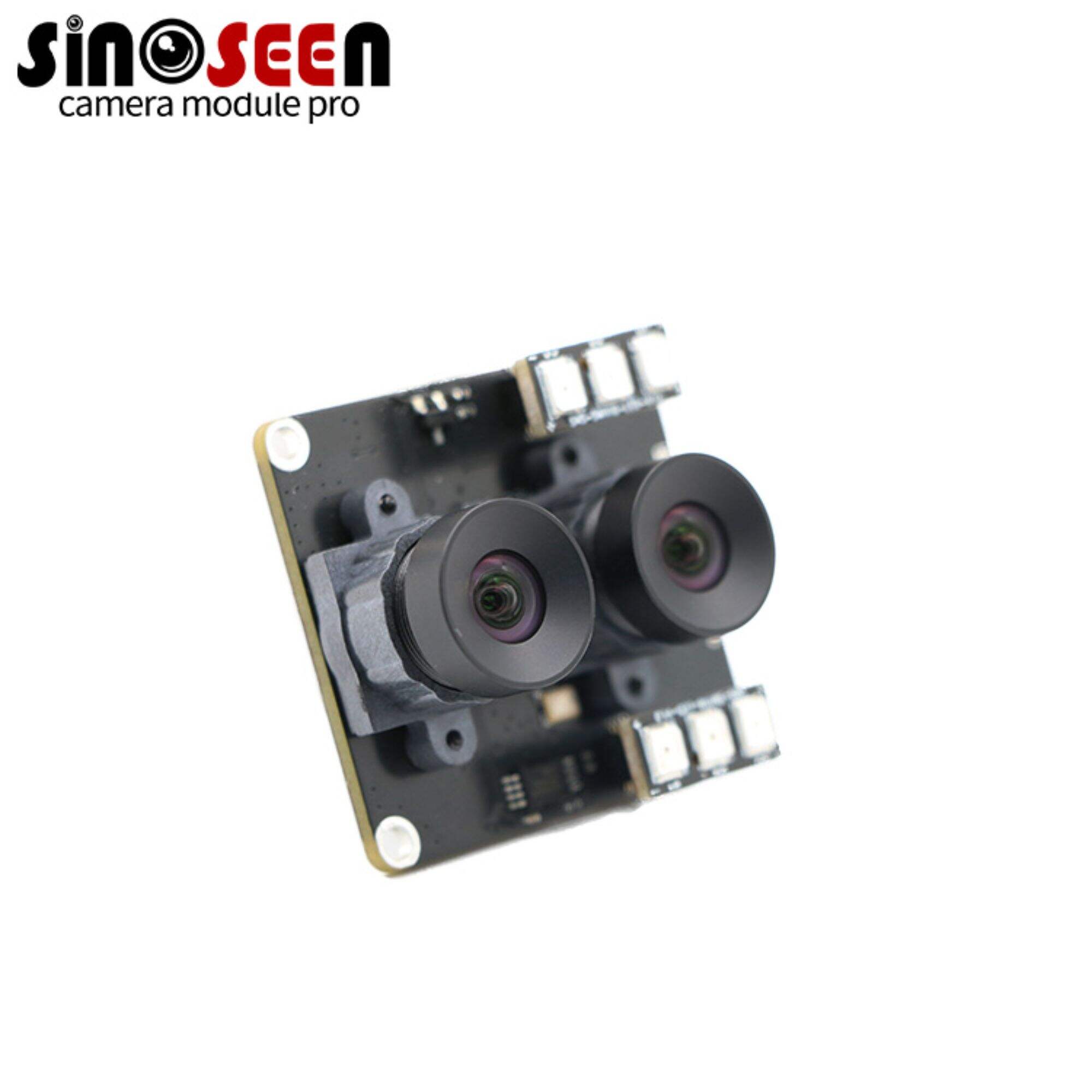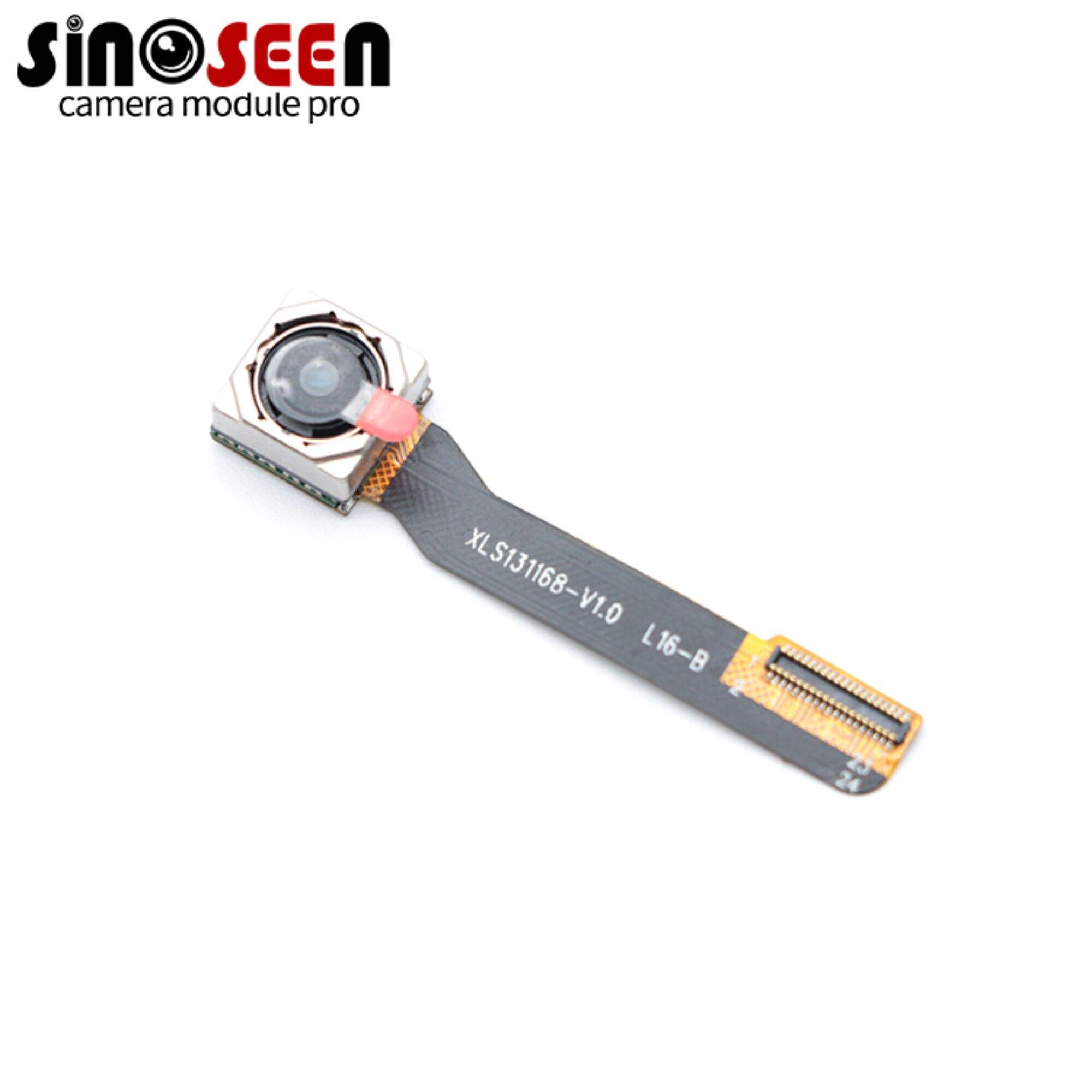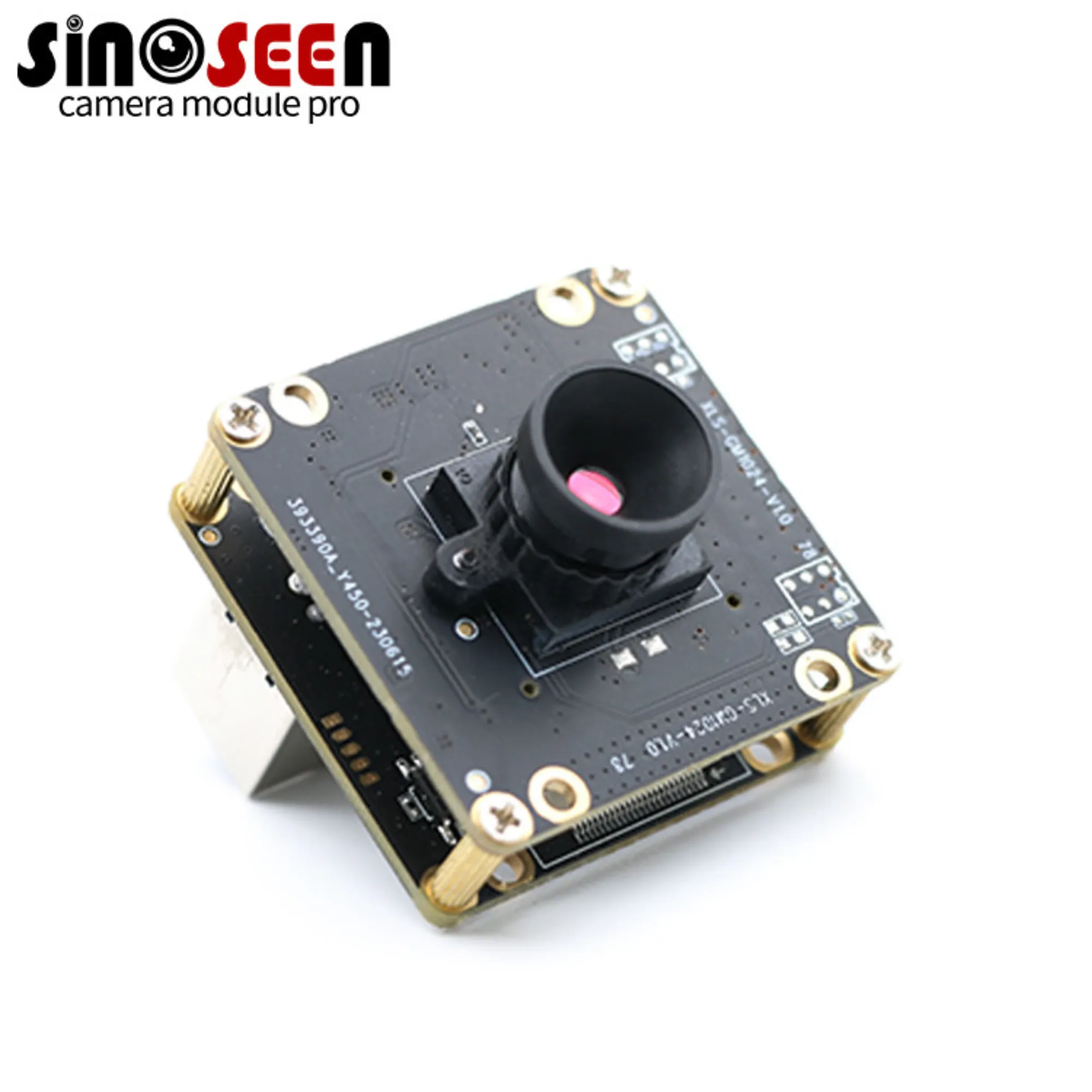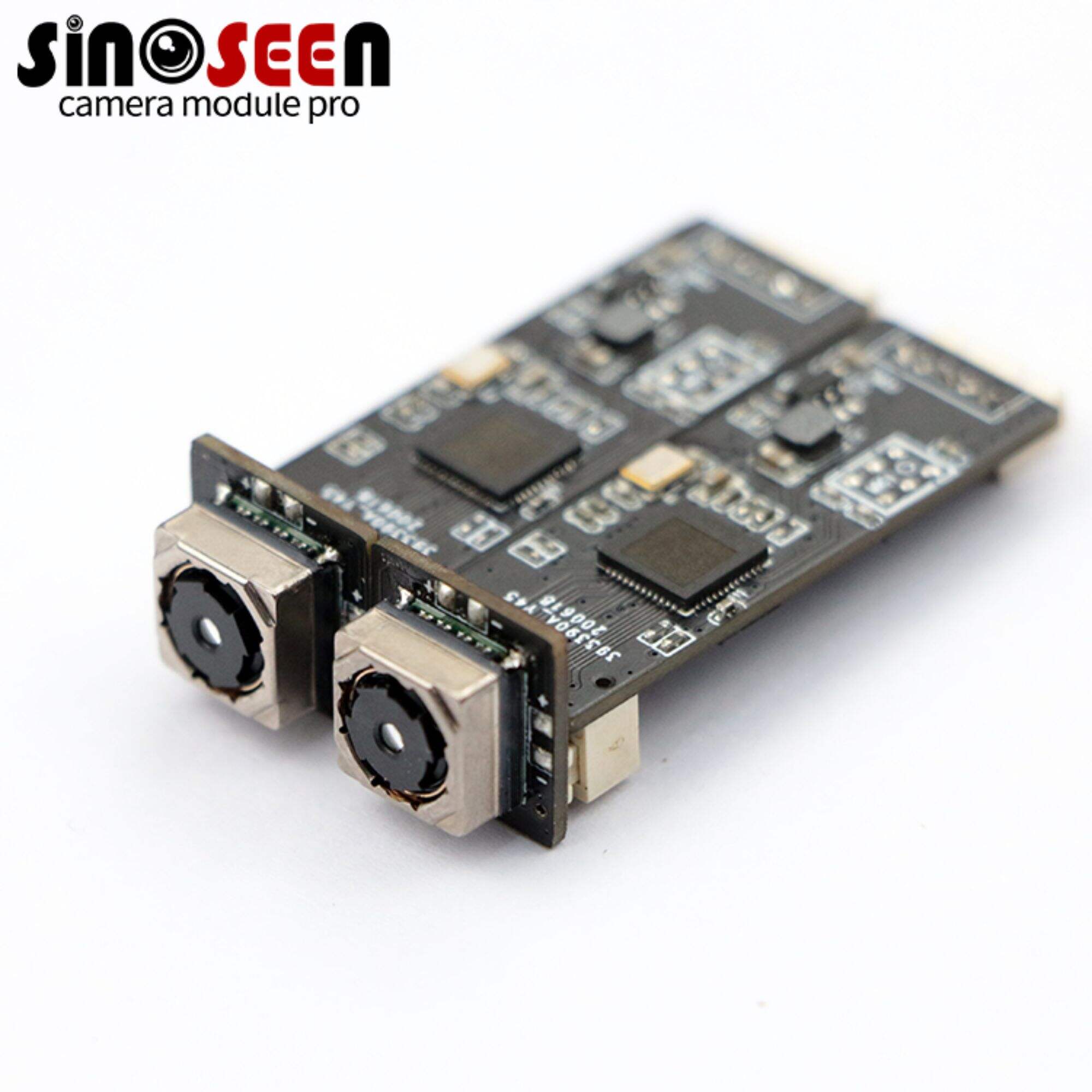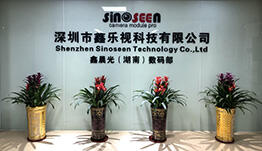What Are the Key Benefits of Using CMOS Camera Modules in Low-Power Devices?
Ultra-Low Power Consumption Advantages
Energy Efficiency Compared to CCD Sensors
CMOS camera modules demonstrate significant advantages in energy efficiency compared to CCD sensors. The fundamental difference lies in the power consumption capabilities, where CMOS sensors can save up to 80% more energy. This remarkable efficiency is crucial in today's electronics landscape, where there's a growing demand for longer battery life in devices like smartphones and wearables. Recent industry trends highlight the preference for battery-efficient technologies, driven by consumer expectations for durable and sustainable products. Furthermore, advancements in CMOS technology continue to improve energy savings. An industry report highlights how manufacturers increasingly favor CMOS sensors for their power-saving properties, underscoring their appeal for low-power applications.
Optimized Circuit Design for Minimal Power Drain
CMOS camera modules employ optimized circuit designs to minimize power drain through innovative techniques. These techniques include voltage scaling and dynamic power management, which effectively reduce energy consumption. Design innovations within CMOS camera modules, such as integrating multiple functions into a single chip, significantly enhance system efficiency by consolidating tasks that traditionally required separate processes. This approach not only saves power but also streamlines device operations. Evidence from technical journals and studies shows that major manufacturers have successfully implemented these designs, achieving improved performance while maintaining low power usage. These efforts reflect a broader industry trend towards sustainability.
Real-Time Processing Capabilities
High-Speed Image Capture Architecture
The architecture of CMOS camera modules is designed to facilitate rapid image capture, which significantly reduces motion blur and enhances the clarity of dynamic scenes. This feature is especially crucial for applications in surveillance and sports photography, where capturing high-speed events with precision is paramount. CMOS camera modules employ parallel processing technology, allowing for multiple images to be captured and processed simultaneously. This concurrent processing capability is a key factor in delivering high-speed performance. Recent studies have demonstrated that rapid image capture technology can significantly enhance user experiences in emerging applications such as autonomous vehicles and drone technology, where real-time data processing and immediate responsiveness are necessary.
On-Chip Processing for Reduced Latency
One of the hallmark features of CMOS camera modules is on-chip processing, which significantly reduces the time between image capture and processing, thereby minimizing latency. This reduction in latency is critical in applications requiring immediate feedback, such as industrial automation and gaming, where real-time responses are necessary for system optimization and user satisfaction. Real-world applications have showcased the importance of reduced latency, bringing improvements in efficiency and performance. Benchmark tests reveal impressive latency improvements offered by current CMOS technology, showcasing its competitive edge over previous sensor technologies. These advancements underline the growing preference for CMOS sensors in industries demanding rapid processing and immediate execution in their operations.
Compact Design for Portable Integration
Space-Efficient Form Factors
CMOS camera modules are known for their compact design, making them perfect for integration into small devices, such as wearables and smartphones. These modules help reduce the overall device size without sacrificing quality, thereby supporting modern trends in portable technology. Miniaturization in product design plays a significant role in making devices lighter and more user-friendly. For instance, smartphones become sleeker and more lightweight, facilitating ease of use. Tech companies have achieved significant market success due to these compact designs. One notable example is Samsung, which leveraged the reduced form factor of CMOS camera modules to produce lighter mobile devices, leading to increased consumer demand and brand loyalty.
Battery Compatibility and Optimization
CMOS camera modules are engineered to work effectively with various battery types, ensuring consistent and reliable performance in portable devices. This adaptability is essential as it allows for seamless integration with existing power systems in smartphones, wearables, and other portable electronics. Furthermore, these modules often incorporate battery optimization technologies, such as low-power modes, to extend battery life without compromising performance. This ensures that devices can run longer between charges, addressing a critical consumer demand for durability. Studies have demonstrated that the compatibility of CMOS camera modules with next-generation batteries improves usage time significantly. For example, research on lithium-ion battery integration revealed that these cameras operate 30% longer on a single charge compared to older sensor technologies.
Integrated Intelligence and Workload Reduction
On-Sensor Processing Capabilities
The integration of on-sensor processing capabilities in CMOS camera modules offers significant advantages by offloading tasks from the main processors, leading to reduced power consumption and improved performance. This technology is particularly beneficial for applications requiring real-time analysis, such as autonomous vehicles and medical devices, where rapid data processing is essential. According to the reference content, CMOS sensors process images directly on the chip, which results in faster image processing speeds compared to CCD sensors. Furthermore, industry reports highlight how the combination of CMOS sensor functionalities with machine learning algorithms facilitates greater efficiency in processing tasks, making them a preferred choice in embedded vision systems.

System Resource Optimization Benefits
Integrated intelligence within CMOS camera modules plays a crucial role in optimizing system resources, thereby reducing the burden on cameras and processors in multi-device ecosystems. The operational benefits of such technology are particularly evident in complex systems like automotive or drone applications. Here, reducing processing loads leads to enhanced performance, allowing devices to operate more efficiently and reliably. Success stories from various sectors adopting CMOS technology, as evidenced by the embedded applications referenced, showcase measurable improvements in resource usage and system effectiveness. This kind of resource optimization results in prolonged operational times and increased device lifespan, making CMOS camera modules a strategic investment for modern technology solutions.
Key Applications in Low-Power Domains
Wearable Technology and Health Monitors
CMOS camera modules are driving significant advancements in wearable technology and health monitors by delivering high-quality imaging capabilities with minimal power consumption. This technological leap is pivotal in applications like fitness trackers and health monitoring devices, where efficient energy use is a priority. The demand for wearable devices continues to grow, fueled by increasing health awareness and market trends. Studies indicate that the wearable device market is expanding rapidly, underscoring the importance of integrating energy-efficient technologies like CMOS camera modules.
IoT Sensors and Smart Home Devices
CMOS camera modules are enhancing the functionality of IoT sensors and smart home devices with their low power characteristics and efficient data processing capabilities. These modules play a crucial role in smart security cameras and AI-powered home assistants, improving their operational efficiency while minimizing energy use. Industry data predicts a robust growth trajectory for IoT devices, bolstered by the increasing adoption of smart home technologies. The ability of CMOS camera modules to facilitate efficient data processing directly supports these devices' proliferation and operational effectiveness.
Portable Security and Surveillance Solutions
Portable security and surveillance solutions are benefiting immensely from CMOS camera modules, particularly in terms of mobility and energy efficiency. Applications such as portable cameras, body cams, and drone surveillance necessitate low power consumption to optimize performance for extended periods. To underline their effectiveness, experts have cited numerous case studies where these applications have shown remarkable success in real-world scenarios. The integration of CMOS camera modules ensures these devices operate seamlessly, offering reliable and sustained surveillance capabilities.
Frequently Asked Questions
What are the main advantages of CMOS camera modules over CCD sensors?
CMOS camera modules offer up to 80% energy savings compared to CCD sensors, along with improved latency, rapid image processing, and compact designs suitable for portable devices.
How do CMOS camera modules optimize battery life?
CMOS camera modules implement features like low-power modes and optimized circuit designs, which extend battery life by reducing power drain and adapting to different battery types.
In what real-world applications are CMOS camera modules commonly used?
CMOS camera modules are used extensively in wearable technology, IoT devices, smart home gadgets, and portable security solutions, providing energy efficiency and high-performance imaging.

 EN
EN
 AR
AR
 DA
DA
 NL
NL
 FI
FI
 FR
FR
 DE
DE
 EL
EL
 HI
HI
 IT
IT
 JA
JA
 KO
KO
 NO
NO
 PL
PL
 PT
PT
 RO
RO
 RU
RU
 ES
ES
 SV
SV
 TL
TL
 IW
IW
 ID
ID
 SR
SR
 VI
VI
 HU
HU
 TH
TH
 TR
TR
 FA
FA
 MS
MS
 IS
IS
 AZ
AZ
 UR
UR
 BN
BN
 HA
HA
 LO
LO
 MR
MR
 MN
MN
 PA
PA
 MY
MY
 SD
SD

